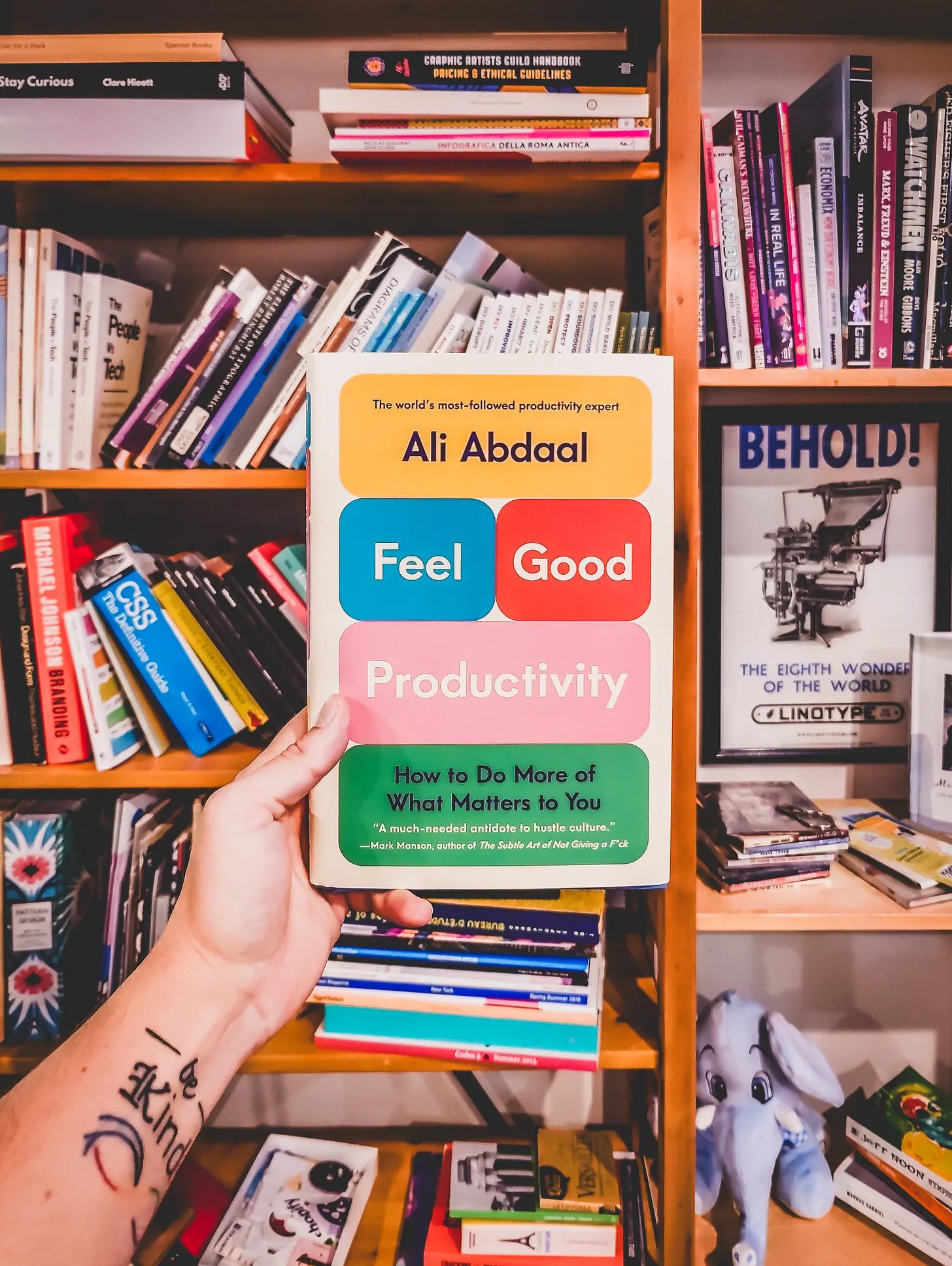Tsundoku and the joy of gifted books
The beauty of untranslatable words and the thrill of gifted books
I’m an avid collector, and a lot of my collections are connecting to writing & reading. Scaling from the smallest to the spacious—fonts, words, posters, books, and series. We’re around the 600+ count mark of our home-library; it continues to grow.
Today, I’m sitting at my local co-working community, removing myself from my normal to consciously & purposefully read a new book.
It’s a gift from the company I’ve just started working with.
That fact excites me; hence today’s story.
Defining tsundoku
Humanity has developed a fantastic diversity of communication and language, with over 7,000 spoken languages around the world.
Fun fact: There are thousands of untranslatable words that don’t have any direct equivalents in other languages.
Sad fact: we’re losing that diversity rapidly, with 1,500 languages at risk of being extinct by 2100.
Fun fact: Japanese has many of my favorite untranslatables, regularly highlighted by Susie Dent and The Language Nerds:
Shinrin-yoku: forest bathing; an eco-therapeutic practice of walking in nature
Wabi-sabi: an appreciation for the beauty of imperfection & impermanence in nature;
Ikigai: someone’s sense of purpose and reason for being.
They’re beautiful, right?
Then…what’s tsundoku?
Tsundoku is when you’ve amassed a large collection of books. The to-read pile grows far more rapidly than the have-read pile, but you have the intent to read them…eventually.
Ways of reading
When the CEO asked me how I preferred to read, I thought on the various scenarios and how I process information. There’s a myriad of ways to read books these days. For me, the format depends on the purpose of my reading the content.
Audio books works great when I’m listening to something for fun, rest, relaxation, curiosity, etc. I don’t retain too much information if I solely listen to it.
Digital books works okay. Reading long-form content on computer screens, tablets, or phones, are convenient but not preferred.
Physical books are my jam. If I need to retain, reference, or research, the physicality of the book is essential. My memory access improves with visual stimuli, from even remembering that I have the book to associatively recalling its contents & lessons.
As my practice of reading has matured, becoming more purposeful & referential, I’ve enjoyed making marginalia—notes written in the page’s margins. My partner winces in pain everytime she sees me writing in a book; I’ve had to get over that feeling myself.
Marginalia is an exciting topic of book history that’s always fascinated me. I’ll write about nuns picking penises off a phallus tree another day.
Sharing the joy of reading
When I started in people management & leadership, I was given a few books:
Five Dysfunctions of a Team by Patrick Lencioni;
Lean Startup by Eric Reis; and
The Obstacle is the Way by Ryan Holiday.
For readers, it’s a wonderful gift, contextualizing a leader’s context. Where are their thoughts these days? Who are they learning from, and what are they taking away?
The second day of working this new company, there was a new book at my front door.

The book shelf is filled with a broad selection of books and paraphernalia: topics of design, tech, ethics, branding, web development, graphic novels, CD's, linotype machine poster, and a plushy elephant in the bottom right.
I can’t communicate how exciting it is to start something new, with a new book!
What makes Ali Abdaal’s Feel Good Productivity an exciting gift is the context & framing where the CEO wants to take the product.
Long story short…